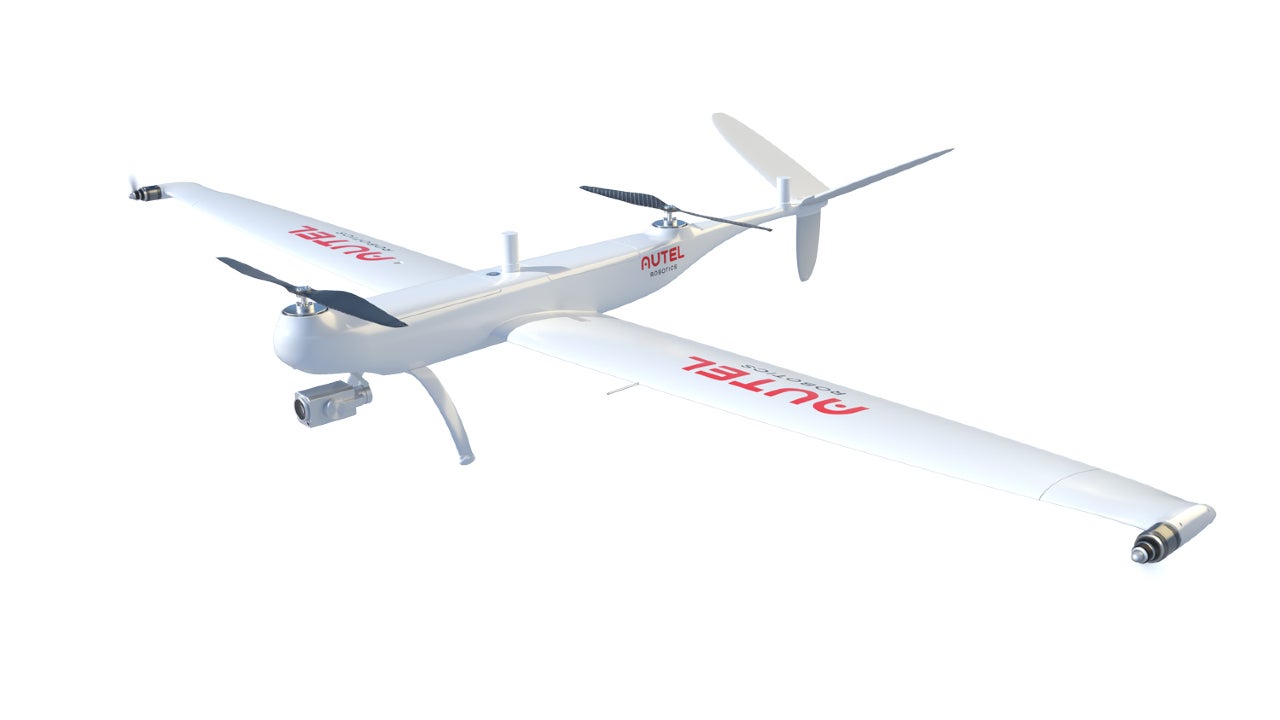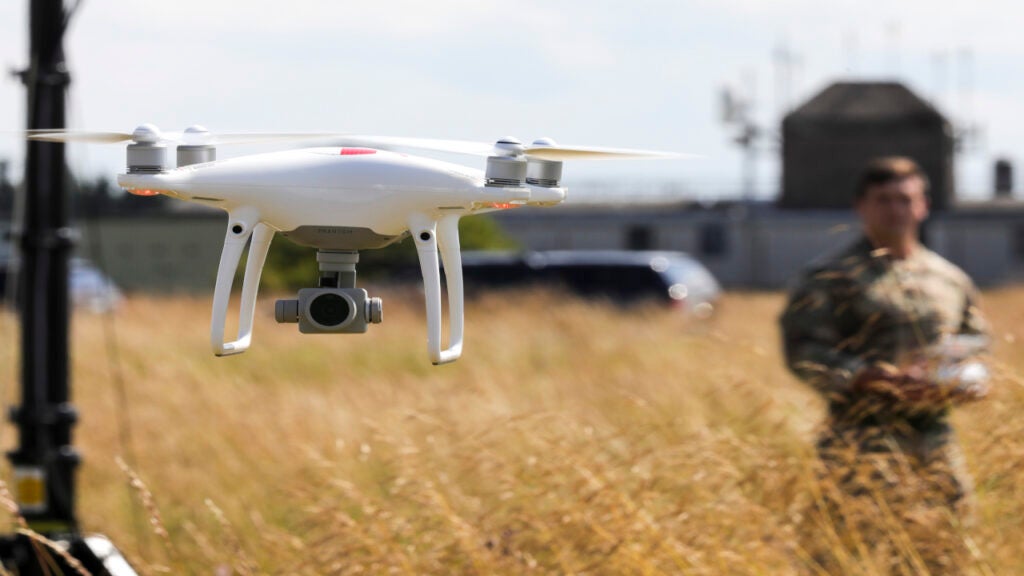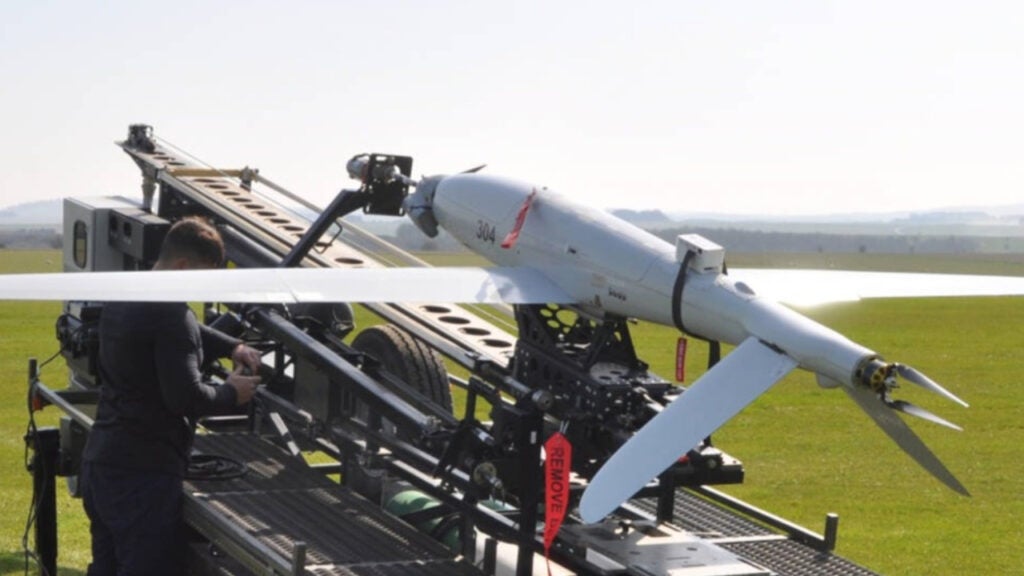
Dragonfish is a vertical take-off and landing (VTOL) unmanned aircraft developed by Autel Robotics, a drone manufacturer based in the US.
Autel Robotics teased Dragonfish in 2017 and introduced it virtually at the CES 2021 show held in January 2021. The Dragonfish unmanned aerial vehicle (UAV) can be used in defence, homeland security, and civilian missions.
It comes with a one-tap take-off and landing capability and other smart autonomous features.
Dragonfish VTOL UAV design and features
Dragonfish can switch from quadcopter mode to fixed-wing mode with the touch of a button. The UAV is designed for automatically transition to multi-rotor mode if adverse conditions cause it to stall or make the flight unsustainable.
The UAV can be easily disassembled and carried in an average-sized car. It can be assembled without any tools and will be ready to fly within five minutes.
It is designed to be maintenance-free as it requires no oil changes. The electric motor makes no noise, making the UAV an ideal platform for high-altitude reconnaissance missions.
The composite outer shell and the carbon fibre core of the aircraft offer a wind resistance rating of level six and IP43 weather resistance to deal with complex environments.
Variants
The VTOL unmanned aircraft is offered in Standard, Lite and Pro variants.
The Standard variant has a wingspan of 2.3m, a length of 1.29m and a height of 0.46m. It carries a maximum payload of 1.5kg, while its maximum take-off weight is 9kg.
Dragonfish Lite, which is the smallest among the three variants, measures 0.965m long and 0.35m high. It has a wingspan of 1.6m and a maximum take-off weight of 5.5kg. The variant can carry a maximum payload of 1kg.
The largest of the three variants, Dragonfish Pro, has a length of 1.65m, a wingspan of 3.04m and a height of 0.46m. It has a maximum take-off weight of 17kg and can carry a maximum payload of 2.5kg.
Navigation and flight control
Dragonfish has redundant flight safety features, which enable it to land safely in the event of GPS signal loss. It will use its GPS signal to return automatically to home in case of loss of communication between the drone and the pilot.
A dual-redundant controller area network (CAN) bus communication protects the unmanned aerial system (UAS) from electromagnetic interference and allows the real-time monitoring of rudder surface and motor status.
The Vigilant artificial intelligence (AI) system aboard the UAS continuously monitors the system and prevents faults before they occur.
The UAS sends a warning to the pilot and returns home automatically when its battery reaches a threshold limit. Once the battery level drops to 15%, the pilot will receive a critical warning and the UAV will land on the spot automatically.
Sensors aboard Dragonfish VTOL UAV
The Dragonfish UAV can carry dual-sensor, triple-sensor, and multispectral payloads along with third-party payloads. Its sensors offer a maximum of 4K 50x optical zoom with 1280×1024 infrared resolution and can be mounted on a three-axis stabilised gimbal under the fuselage.
The battery, barometer, positioning system, compass, and inertial measurement unit (IMU) of the UAS have backup modules that ensure safety of the aircraft.
The modular payload options enable the UAV to perform surveillance, investigations, tracking of suspects and evidence collection missions.
Propulsion and performance
The unmanned aircraft’s electric propulsion is powered by a lithium-ion polymer battery set.
The three variants have a maximum speed of 108km/h and can reach a maximum altitude of 6,000m (19,685ft). The maximum flight endurance of all the Lite, Standard and Pro models is 75 minutes, 120 minutes and 180 minutes, respectively.
Dragonfish’s ground control system
The Dragonfish UAV comes with a 9.7in touchscreen ground control system. The system can receive images from a distance of 29.9km. It uses Autel Voyager software that enables advanced mission planning, intelligent tracking, and flight history tracking.
A tap-to-fly button on the screen allows the pilot/operator to select a target on the camera, directing the drone to fly to the designated location and orbit the point of interest.



